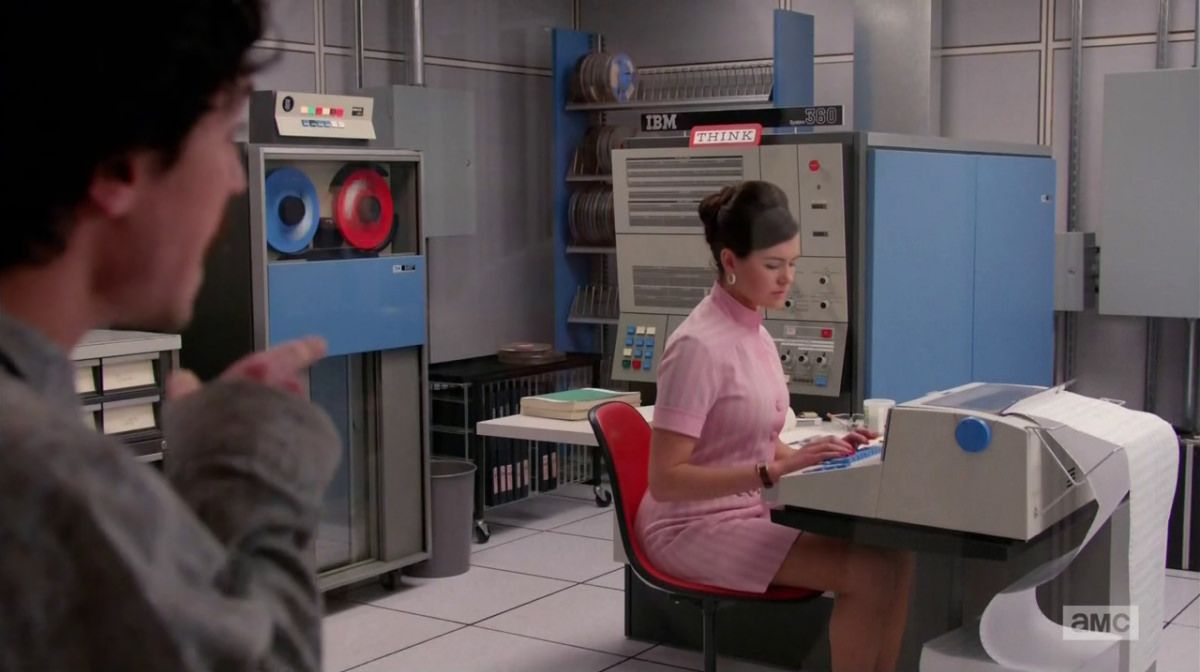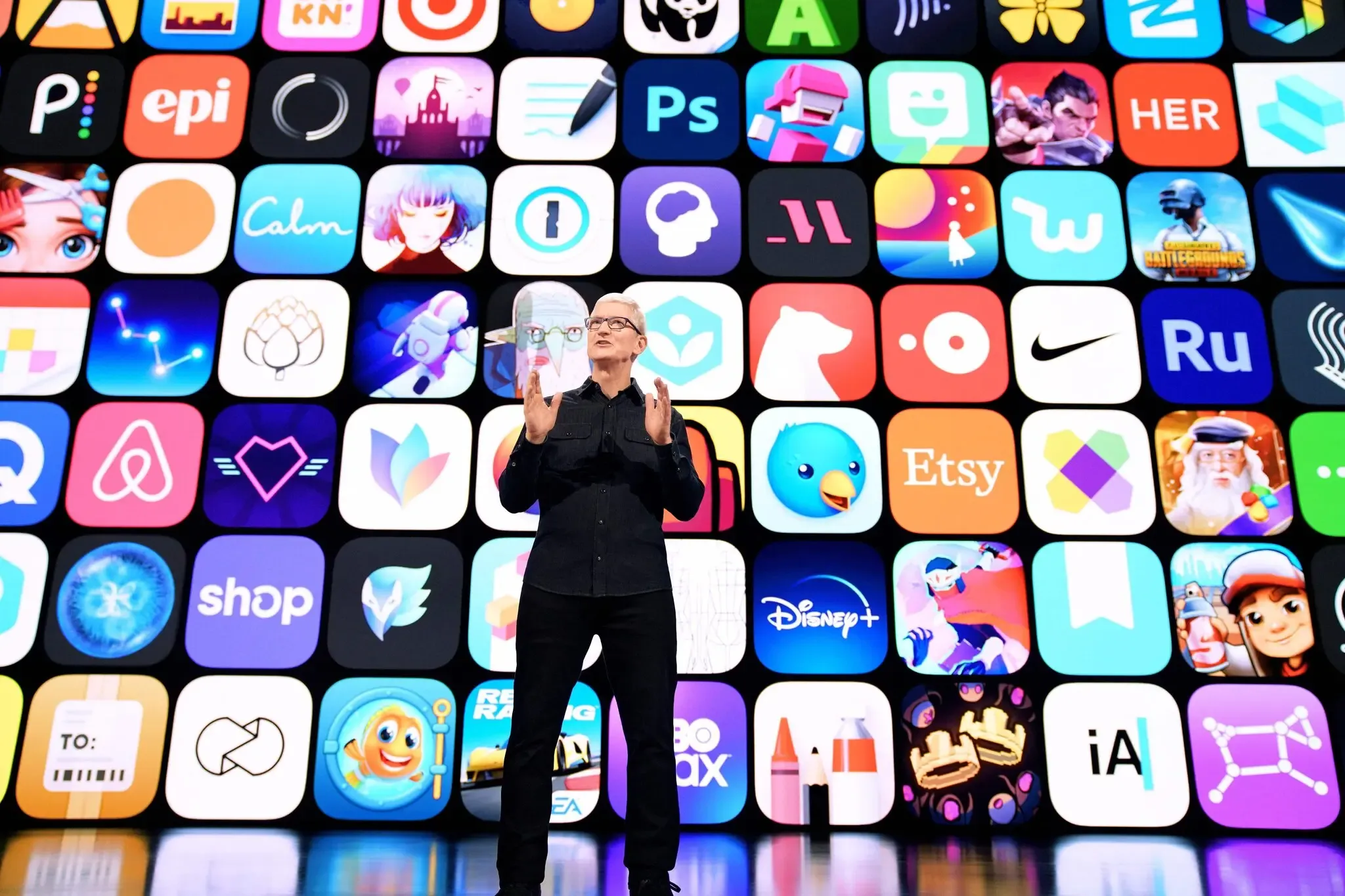Infinite Compute

Joaquin Phoenix takes Samantha on a boat in the movie “Her.”
During a flashback episode of Mythic Quest, C.W. Longbottom walks by an electronics store that has Pong running in the window. His friend sees a video game; Longbottom sees the future. He instantly realizes that if a video game has 1 pixel moving across the screen, someday there will be millions.
I have been reflecting lately on the explosion of artificial intelligence throughout the past year, and wondering if there are ways to connect it to past developments in technology. For example, in the 1960s popular mainframes like the IBM System/360 only sold in the hundreds of thousands of units. Now millions of people sit in front of computers all day every day. Many have both personal and work computers along with tablets and smart home displays.

The IBM System/360 was featured in an episode of “Mad Men.”
The Motorola DynaTAC (also known as the Zach Morris or Gordon Gekko phone) was too large to fit in a pocket and way too expensive. Now more than half of the global population has a cell phone, and it seems like most people walking around outside are buried in a screen.

Gordon Gekko in the movie “Wall Street.”
When the iPhone launched there were literally 10 apps: Phone, Safari, Mail, iPod, Calendar, Photos, Clock, Calculator, Weather, and Maps. Now, of course, apps are the glue for all computing. We order groceries, travel, collaborate, play, and even meet our spouses (hey babe!) all with the help of apps.

iA Writer is how I write for this website and there it is.
We started with just a few computers, a few phones, and a few apps. Now we seemingly have infinite number of each. Today’s AI landscape feels similar to those eras (although I can only speak to phones and apps myself having lived through those years). We have a few AI models and products in addition to the bits of AI scattered throughout the industry that we do not think about. What does the world look like when we have infinite access to AI?
One direction I can imagine is a single, personalized, omniscient presence similar to Samantha in the movie Her. This AI will be able to interact with other people, companies, apps, services etc. on my behalf. I can trust it with all of my information, records, and finances. This sounds a bit like science fiction, but so did cell phones in the mid-twentieth century when Vannevar Bush wrote about the memex in As We May Think.
A more short-term idea is each company has its own AI that we interact with through apps. Google’s Bard will someday handle our email and calendar while Meta’s AI (which does not have a name yet) will find new ways to entertain us. Perhaps the AIs will talk to each other, but I am hesitant to believe that since we have strayed so far from the golden years of open APIs. Every company is desperate to own and control a fortress of data.
In my opinion the most likely scenario we’ll see in the next few years is the AI craze calms down, some professional roles are permanently replaced by AI, and the apps and products we use for work and leisure are enhanced by AI. Our lives do not drastically change otherwise. We become more efficient at school and in the workplace, but our creativity and ingenuity continue to set humanity apart.
But! What if AI achieves a level of creativity that rivals our own? Arthur Miller elegantly covers this topic in The Artist in the Machine: The World of AI-Powered Creativity.
